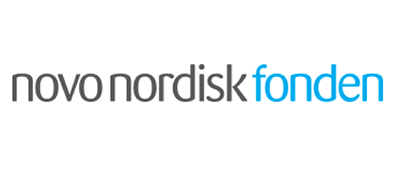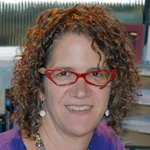 NOVO NORDISK FOUNDATION-SPONSORED VISITING SCHOLAR FELLOWSHIP RESEARCH PROJECT - 2023
NOVO NORDISK FOUNDATION-SPONSORED VISITING SCHOLAR FELLOWSHIP RESEARCH PROJECT - 2023
Visiting Scholar: Ulrike Kuehbacher (University of Copenhagen)
Stanford Faculty Advisor: Karlene Cimprich (Chemical & Systems Biology)
Uncovering the role of replication fork remodelers in replication stress using single-molecule biophysics
DNA replication is the process by which cells generate two exact copies of their genome. It is executed by a large protein complex, the replisome, that moves along the genome as a replication fork. While copying the DNA, the replisome encounters numerous obstacles, such as DNA lesions, non-canonical secondary DNA structures and DNA-protein crosslinks that can cause the replication fork to slow down or stall, inducing a state called replication stress. Since stalled forks are highly vulnerable structures, cells employ several pathways to deal with replication stress, one of which is fork reversal, a process facilitated by ATP-dependent fork remodelers. The Cimprich lab and others have previously shown that Helicase-like transcription factor (HLTF) is a critical fork remodeler that is also often silenced in cancers. Unpublished data from the Cimprich lab also suggests that HLTF could also play a role in the resolution of secondary structures at the replication fork, thus suppressing replication stress. The work proposed aims to understand the multi-faceted roles of HLTF in genome maintenance and to understand its interplay with other fork remodelers, such as SMARCAL1 and ZRANB3. Current experimental approaches do not provide the spatial and temporal resolution to understand the molecular mechanisms of the replication stress response and fork reversal in detail. Ulrike will use a novel single-molecule imaging and tracking system in Xenopus egg extracts to overcome the limitations imposed by previous approaches and address longstanding questions on the architecture and dynamics of the replisome in a physiological setting. This will further our understanding of replication stress responses in cells and allow the development of new diagnostic markers and therapeutic approaches in cancers and other diseases.


